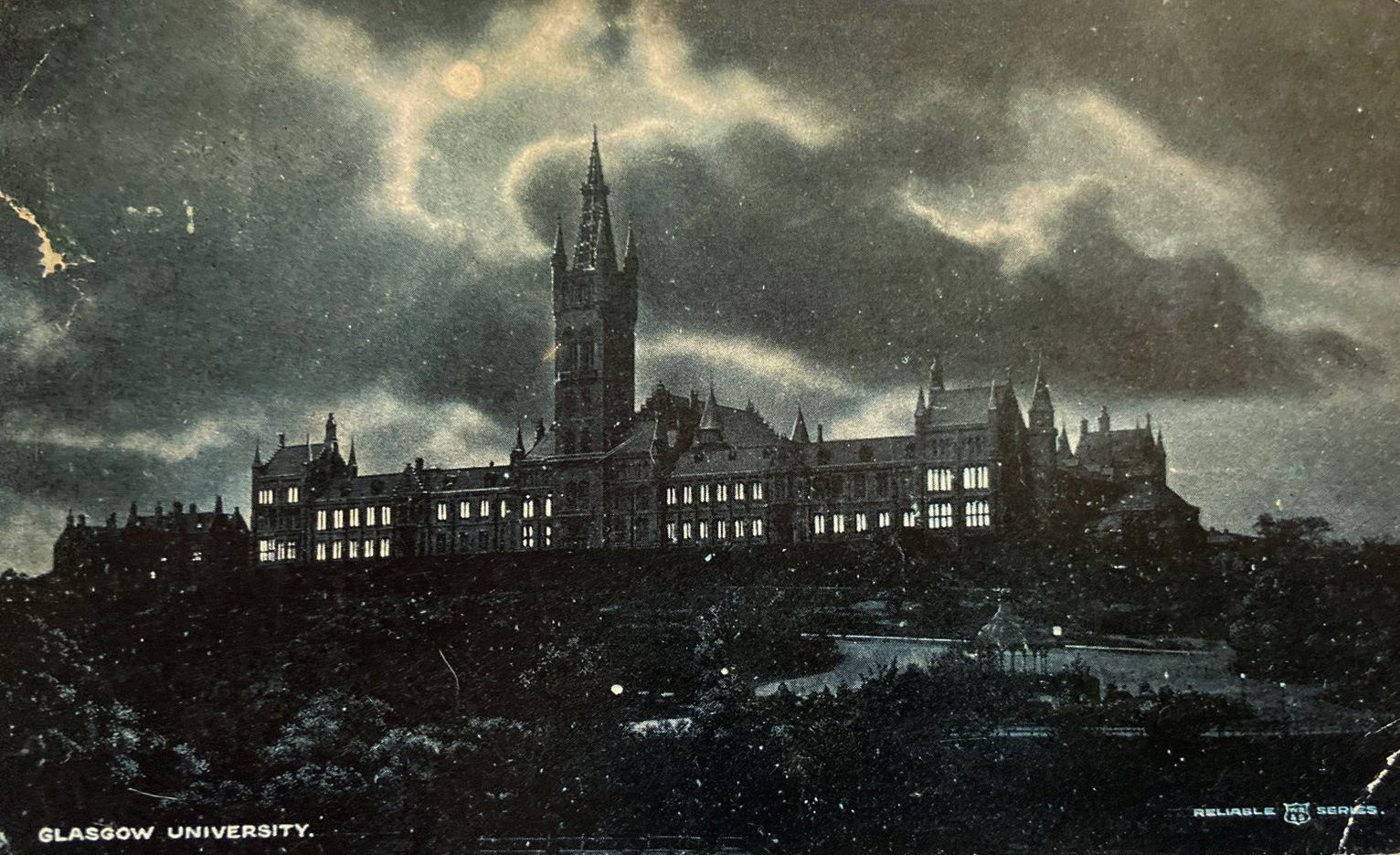Blethering Skite
94 readers
7 users here now
Scotland
Scots language ,history ,culture ,folklore ,myths,legends and Scottish Independence.
An talkin aboot near enough anyhin thits gaun doon aroon Scotland in Scots.
Scots is a Wast Germanic leid o tha Anglic varietie that's spaken aw ower Scotland an en tha stewartrie o Ulster en Ireland .
Bi tha lat 15t yeirhunder tha sicht fowk haed o tha differs wi tha leid spaken faurder sooth cam til tha fore an Scots-spikkin Scots begoud tae crie thair leid "Scots"
Mind: It's nice tae be nice ,humour preferred ,swerin is optional .
#Scots language ,humour ,history and foklore.
Rememmer ,stick tae the code : []https://mastodon.world/about
founded 1 year ago
MODERATORS
1
2
2
Why Scottish businesses are paying the highest energy costs in the world
(www.businessforscotland.com)
3
4
5
6
7
8
9
2
22 degrees of difference in temperature but one means-tested winter fuel allowance?
(talkingupscotlandtwo.com)
10
4
Five ways Westminster's NHS privatisation plans will hurt Scotland's health service
(www.believeinscotland.org)
11
12
13
14
15
16
17
18
19
20
5
Herald writer’s cringing ignorance of the best equipped ferry service in the world – ours
(talkingupscotlandtwo.com)
21
22
4
New exhibition exploring how folklore has shaped Scotland | HistEnvScot
(www.historicenvironment.scot)
23
24
25
view more: next ›
